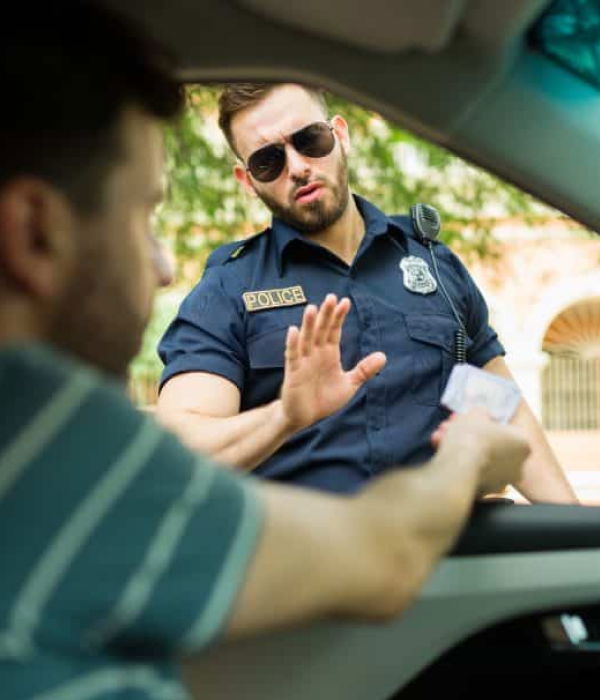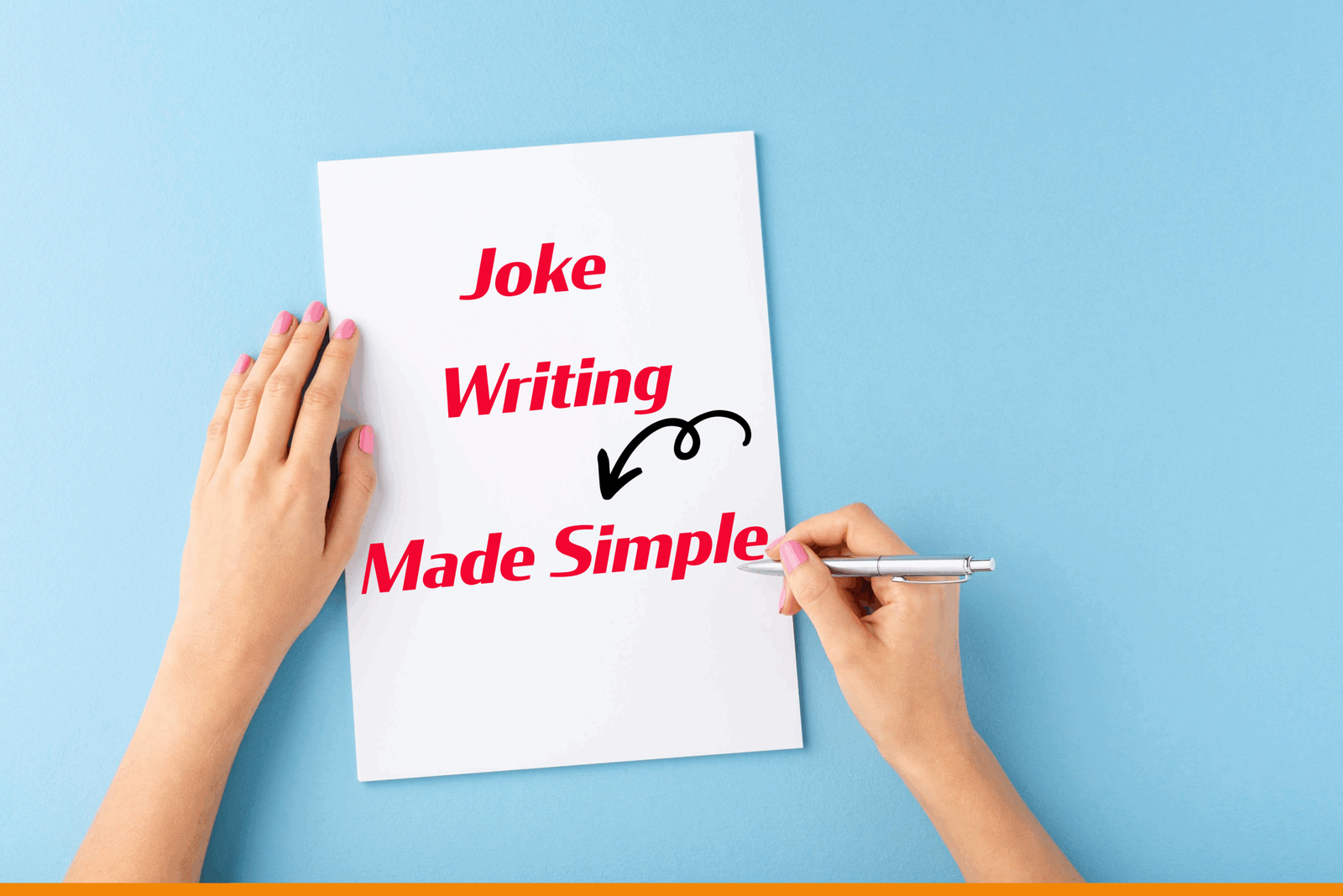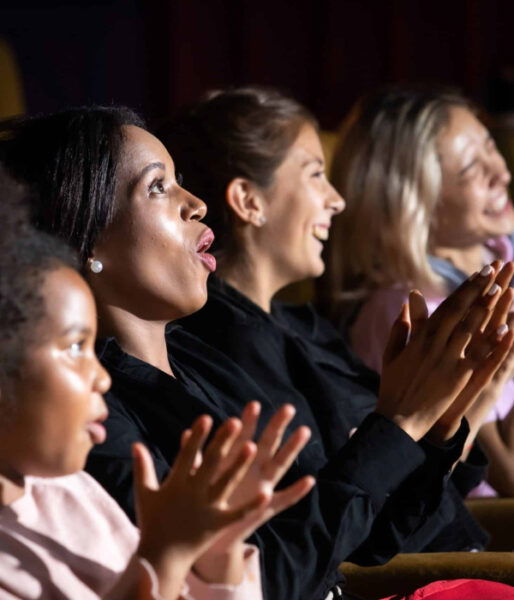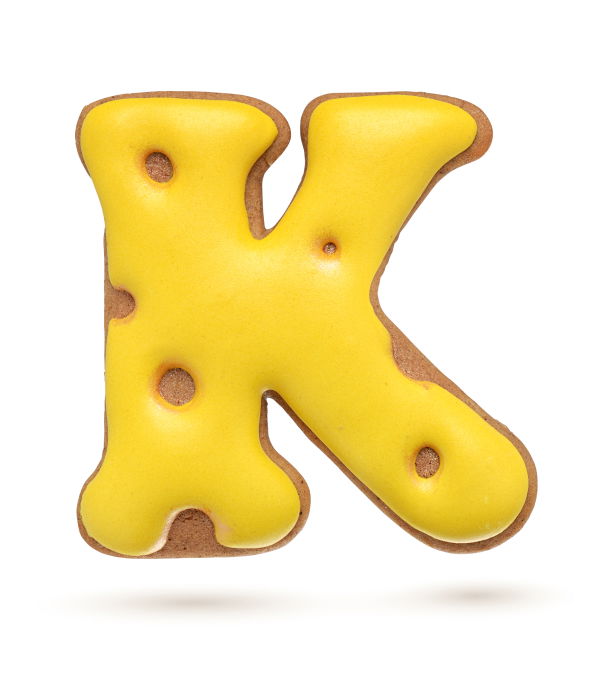Make Funny Jokes Funnier Series
Funny Stories Better as Act Outs – Tip 10, from the Make Funny Jokes Funnier Series, I’ll explain how to identify, write and act out funny stories that make your routines better entertainment.

Table of Contents
There are many styles of jokes. For this article, let me begin by discussing one-liner jokes. First, it’s an oxymoron as one-liner jokes usually have two lines.
For instance, this Stephen Wright joke,
“Cop pulled me over and said, ‘Didn’t you see that stop sign?’ I said, ‘Yes, but I don’t believe everything I read.’”
There’s a scene in this joke, but Wright doesn’t act it any of his funny stories, instead he tells us what the cop said and what he himself said. It’s not presented as a comedy scene with a two-person dialogue. This is the traditional style of delivering one-liner jokes.
Yet, there’s a comedy scene in this joke that could be acted out. This is where the skill set needed to tell funny stories gets extended.
Act Out Jokes as Comedy Scenes
These skills begin with the ability to hear or read a joke and decipher the comedy scenes within funny stories. When is the comedian setting up the scene? Who are those in the scene? Where does it take place? What are they discussing?
It’s even more than this as it opens Pandora’s joke box of psychology, sociology, relationship dynamics, intents, actions, space and object work, and the ability to portray this simple comedy scene and express all the humor in funny stories.
Write Out the Joke as a Scene
Keep this simple. The idea is to lay out the joke to identify when the comedian is setting up the scene and what the scene is about and what’s being said.
For instance, it almost always begins with the comedian telling the audience a story which includes a scene:
“Cop pulled me over and said,”
Then the scene:
Cop: “Didn’t you see that stop sign.”
Comedian: “Yes, but I don’t believe everything I read.”
Portray the Character
In this case, it’s important to define where the cop is standing. Which is over the left shoulder looking down at the comedian sitting in the car.
Knowing the cop’s dialogue, decide if the cop is nice, mean, bored, or hostile? Is the cop male, female, black, white, Latino, Asian, etc.? All of these things will determine how the scene unfolds to express the joke. Otherwise, what’s the point of acting out the scene?
Then enact the cop saying the line from the joke:
“Didn’t you see that stop sign?”
Stage the Interaction
Next, the comedian in the scene is sitting in the driver’s seat of the car looking over his left shoulder at the standing cop just outside the window.
This seems obvious, yet many students get this wrong by having the cop standing on the right side of the car and the comedian looking over his right shoulder. They’re facing the wrong direction, unless of course you’re getting a ticket in England.
The downside to getting the staging wrong is if the audience notices a mistake in the reality of the scene, they’ll fixate on that and stop paying attention to the performance.
This space work must be done correctly in the rehearsal, so the cop needs to be facing right looking down at the comedian seated in the car. Also, with the comedian sitting in the car looking over his left shoulder at the cop standing outside the driver’s window.

Next, we cheat: the comedian slightly bends his knees to pretend to be sitting in the driver’s seat and maybe holding onto the steering wheel. To address the cop the comedian looks up and to the left. If the eyeline is directly sideways that means the cop is a little person or kneeling, which violates the reality of the scene. You’ve gotta get this right when telling funny stories.
As If in the Present
Now psychology kicks in because the comedian is going to say to the cop:
“Yes, but I don’t believe everything I read.”
Why would the comedian talk this way to a cop who can give him a ticket? What kind of mood or reason would the comedian have for saying such a thing?
One-liners are joke delivery, so saying that line simply completes the joke. But when telling funny stories it’s not a joke. The humor comes from the honest response, when is unexpected. This is a funny moment in time that just happens to be a joke. These two are really talking and if the reactions aren’t realistic the audience might judge it as fake.
In telling funny stories the humor comes not just from the jokes, but from the situation and how the characters think and react. If the audiences don’t accept it as believable, then they’ll focus on the poor performance. This can diminish or even kill the laugh.
The comedian must find and perform the proper state of mind so this line is believable, and the audience can enjoy the humor.
It’s time to experiment. Think about it. Try different kinds of comments, change the attitude or emotion, motivation, or state of mind. Play around until the line feels like an authentic and honest response to the cop. If this is done right, it will elevate this joke to another level of funny by pulling the audience into your mental comedy movie.
Develop the Relationship
For the audience, when comedy scene in funny stories are acted out, it’s as if this moment is happening in the present. These two people are having a real, if not antagonistic conversation.
The scene makes a better performance as the audience gets to watch the comedian act. When the comedian portrays the cop and we recognize that character as real, we can laugh at someone in authority being bested. The reactions of the cop and the comedian make routines funnier because the comedy scenes of the funny stories are part of the jokes.
Summary
In this joke and routine writing article, Funny Stories Better as Act Outs, you’ve learned when a scene in a joke is acted out it reveals the personalities of the comedian and the characters. It brings out their interactions and develops a relationship, and creates the illusion that this moment is happening in the present. All which contribute to making the comedy scenes into funny stories.
Previously in this “Make Funny Jokes Funnier Series” you’ve learned:
- Tip 1 – Short Setups and Punchlines
- Tip 2 – End Punchlines with the Reveal
- Tip 3 – K-Words to Improve Punchlines
- Tip 4 – Localize Comedy Routines
- Tip 5 – Strong Punchlines are Negative
- Tip 6 – Put Puns in the Setups
- Tip 7 – Original Jokes Killed by Comedy Cliches
- Tip 8 – Exciting Specifics Make Jokes Funnier
- Tip 9 – Create Funny Jokes About You
Here’s your chance to back and read them all.
Greg Dean’s Stand-Up Comedy Classes
Greg teaches his techniques in two classes. Level 1: How to Build a Stand Up Comedy Routine is the beginning class (also called the “101 Class”) and the “Advanced Joke Writing & Performing at the Improv” (also known as the “201 class”).
Even though these classes are named a beginning and advanced, they are actually classes that stand up comedians of any number of years of experience can take. They are beginning and advanced in the Greg Dean system. If you’re interested in faster and better ways to create good jokes and you want to dive deeper on joke writing then you’ll want to take both of these classes.
Free How to Build a Stand-Up Comedy Routine Webinar

Are you ready to fast-track your stand-up comedy career? In this on-demand webinar, discover proven techniques and skills that can shave years off your journey to success! Learn how the pros build a compelling and hilarious stand-up routine with expert guidance. Don’t miss out on this chance to see how you can achieve your dreams faster.










